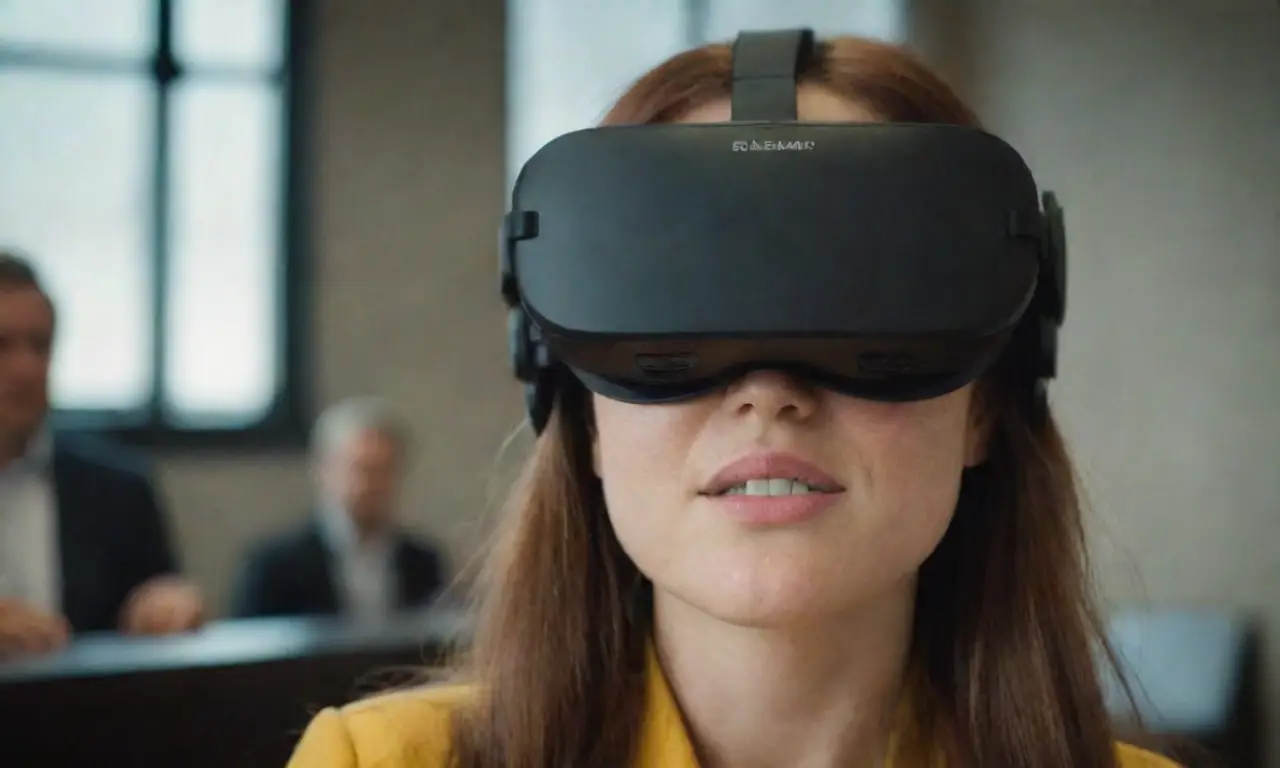
Enhancing User Experience in VR with Machine Learning Data Analysis

Content
Introduction
As technology continues to advance, Virtual Reality (VR) has emerged as one of the most thrilling frontiers for both entertainment and practical applications. Whether it’s in gaming, education, therapy, or training simulations, VR allows users to immerse themselves in vividly created environments that are often indistinguishable from reality. While the hardware has made significant leaps forward, the core of a compelling VR experience lies in understanding and enhancing user experience (UX). This is where machine learning (ML) comes into play, utilizing data analysis to adapt the experiences based on user behaviors and preferences.
In this article, we will explore the intersection of VR and machine learning, analyzing how data analytics can refine and personalize VR experiences. We will delve into the methodologies and applications of machine learning that contribute to improving the usability, engagement, and satisfaction of VR users.
Understanding User Experience in VR
User experience in VR is a multidimensional concept that encapsulates how users interact with and perceive the virtual environments. It encompasses aspects such as interaction design, user feedback, sensory integration, and emotional engagement. Fundamental to great UX is the notion of immersion, which refers to the user's sense of presence in a virtual space. This immersive experience is achieved through realistic graphics, spatial audio, and responsive controls.
As VR becomes more mainstream, the importance of tailoring these experiences to individual users cannot be overstated. Engaging and meaningful user experiences are driven by understanding user needs, preferences, and behaviors. Machine learning offers an ideal tool to decipher complex patterns from user data, enabling developers to create adaptive experiences that better resonate with users. By employing algorithms that can analyze user interactions in real-time, VR applications can dynamically adjust environments, challenges, and narratives according to the unique profile of each user.
Defining the Future: ML Algorithms for VR Architecture DesignFurthermore, machine learning can alleviate common issues faced in VR, such as motion sickness or discomfort from prolonged use. By analyzing user feedback and physiological data, developers can identify causative factors and adapt the VR experience accordingly. For instance, if a user exhibits signs of discomfort or anxiety during a specific scenario, the system can modify the environment or decrease the difficulty level, thus ensuring a more enjoyable and less strenuous experience.
Machine Learning Techniques for Enhancing VR
To leverage machine learning effectively in enhancing user experiences in VR, developers employ various techniques that focus on understanding user interactions and improving immersion.
Predictive Analytics
One of the critical machine learning techniques is predictive analytics, which utilizes historical user data to forecast future behavior. By analyzing how users interacted with previous VR environments, predictive models can identify patterns and suggest setups that keep users engaged for longer durations. For example, predictive analytics can help developers determine which game mechanics resonate with players or the scenarios that evoke strong emotional responses. This information is instrumental in creating tailored content that aligns with user preferences, making them more likely to return to the application.
Moreover, predictive analytics can also serve as a tool for recommending experiences. For VR platforms that accommodate various applications—from educational modules to gaming worlds—the ability to suggest relevant content based on past interactions can significantly enhance user satisfaction. By presenting users with experiences they are statistically more likely to enjoy, developers can drastically improve retention rates and overall UX.
Behavioral Clustering
Another significant aspect of using machine learning in VR is behavioral clustering. This technique groups users based on shared characteristics, such as interaction style, preference trends, and emotional reactions. For instance, if a VR simulation is adapted for training purposes, understanding that different users prefer varying levels of complexity or pace can aid developers in creating a more inclusive environment.
Behavioral clustering can also be valuable in user segmentation for marketing and content creation. By identifying specific groups such as beginners, intermediate users, or experienced gamers, developers can tailor VR experiences that not only meet the needs of each group but also challenge them appropriately, enhancing overall engagement and learning outcomes.
Real-time Adaptation
The ability to perform real-time adaptation based on user data is where machine learning plays a pivotal role in optimizing user experience within VR. With advancements in technology, it is now possible to develop systems that can analyze user inputs—such as head movements, gaze direction, and even biometric feedback—instantly. Machine learning algorithms can interpret these signals to make on-the-fly adjustments to the environment.
For example, if a user appears to be overly focused in one direction or is not interacting with specific elements, the VR experience can subtly guide their attention to ensure they do not miss critical information or interaction points. Real-time adaptation creates a more personalized experience, allowing users to feel as though the VR world is responding to their presence in a natural way, ultimately enhancing the feeling of immersion.
Applications of Machine Learning in VR Contexts

The applications of machine learning in VR span various fields, each benefiting from enhanced user experiences tailored through data analysis and algorithmic models. Here are some notable segments:
Gaming Industry
The gaming industry has been one of the early adopters of VR technology, and it stands to gain immensely from machine learning integration. Developers can analyze player behavior to create smarter and more engaged NPCs (non-playable characters), dynamic environments, and increasing challenge levels tailored to the user's progress. For example, if data indicates that a player consistently fails a certain task, machine learning systems could adjust the difficulty to provide a more achievable challenge, keeping players engaged without leading to frustration.
Education and Training
In the field of education, VR offers immersive learning experiences that can be significantly enhanced by machine learning. By analyzing student interactions and performance metrics, educators can better understand how individual students learn and adapt lessons to suit various learning styles. For instance, a student who excels in visual learning might benefit from more graphical content, while another who learns through practice might need hands-on simulations. Machine learning makes it possible to customize educational VR programs to optimize student engagement, retention, and knowledge application.
Healthcare
Healthcare applications of VR, particularly in exposure therapy and rehabilitation, can also benefit from machine learning. By monitoring patients' physiological responses—for example, tracking heart rate or sweat levels—VR environments can be tailored to gradually increase exposure to certain stimuli or modify session intensity. This real-time monitoring can significantly enhance the therapeutic outcomes of VR programs, allowing practitioners to provide personalized care based on data-driven insights.
Conclusion
The synergy between Virtual Reality and machine learning represents an exciting frontier for enhancing user experience. Through sophisticated data analysis techniques, developers and researchers can create immersive and individualized environments that cater to the diverse needs of users, improving not only enjoyment but also accessibility and engagement.
As we delve deeper into machine learning methodologies, it becomes increasingly essential for developers to prioritize user feedback and behavioral data in the design process. By applying predictive analytics, behavioral clustering, and real-time adaptation, VR applications can be transformed from static experiences into dynamic avenues of exploration shaped by user preferences and interactions.
Ultimately, the combination of machine learning and VR offers unparalleled opportunities for innovation across various domains, from gaming to education and healthcare. As these technologies continue to evolve, we can look forward to a future where user experiences in virtual environments are not just enhanced—they are transformed into unprecedented, personalized journeys that resonate with individuals on a profound level.
If you want to read more articles similar to Enhancing User Experience in VR with Machine Learning Data Analysis, you can visit the Virtual Reality Applications category.



You Must Read